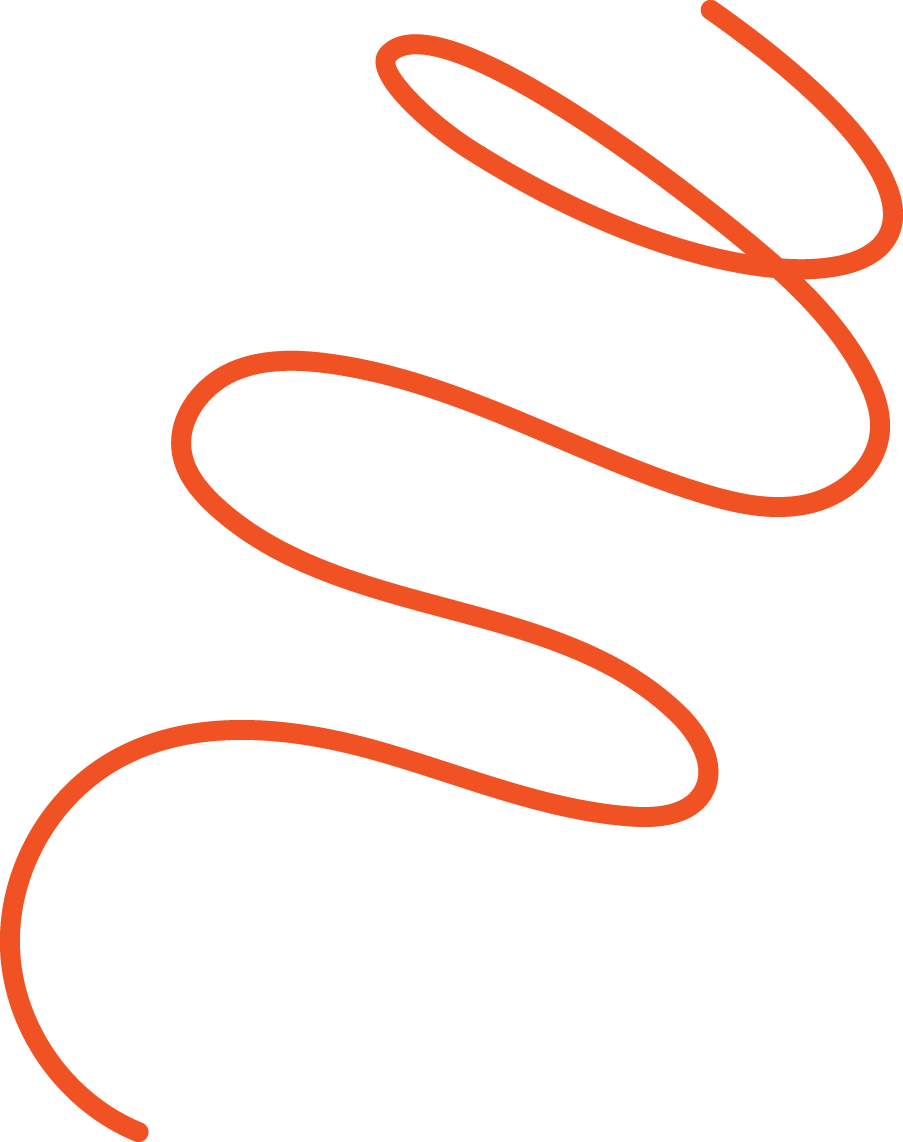“Your dance is a code / Is a pathway to what’s given / I am learning how to listen”
- Ayla Nereo

I started taking dance lessons when I was four years old and continued through college in one of the most competitive musical theatre programs in the country. I found great pleasure in dance. It was my escape from the heady pressure of academic achievement and the dysfunction within my household. But underneath the welcome release dance provided me, it was about form. It was about perfection. It was about being able to perform better than others because one day my livelihood might depend on it. How many times has the pure joy of movement been extruded through our cultural compulsion towards domination to come out the other side superhuman yet sanitized? And what do we lose every time that has happened to a movement practice? Even the word “practice” infers that there is no end point, rather a continual engagement that deepens and shifts over time.
Self-consciousness around our bodies often arises from a pressure to physically match what others look like and are able to do. We try to blend in/camouflage ourselves for social safety. If we are not able to blend in because we simply don’t have the ability to match others, we often opt out. Failure is not a readily welcomed experience in our culture. It is heavily coupled with feelings of shame and rejection, so of course, we avoid it.
Over time, the self-consciousness around our own bodies builds up to the point that we may move less and less and take both conscious and unconscious measures to hide ourselves. The life-force energy that flows through each of us becomes stifled and stagnant.
I gave up playing most sports or spending much time in water long ago because I was simply never very “good” at basketball and “failed” my intermediate swim test at age seven (not sure how you can fail at swimming unless you drown). I can’t tell you how many times I've heard someone say they can’t dance or don’t know how to dance. Even less so than with sports or swimming, dancing doesn’t take much conditioned skill. It is a natural way our bodies express themselves, change states, and transmute energy.
Our bodies have their own inherent movement patterns and when we are relaxed, spontaneous movement arises from within. The more we clear our bodies of unnecessary, accumulated tension, the more our internal energy flow is free to give rise to movement. We may feel that underlying flow simply as a desire to move or to move in a certain way.
We are also in constant, mostly unconscious, communication with forces seen and unseen in our environment. As we become open and able to sense these subtle energies, we can allow ourselves to be moved by them. If we allow them to permeate the boundaries of our energy body and move through us, we become danced. If we take a cue from Dirty Dancing - “This is my dance space. This is your dance space. I don't go into yours, you don't go into mine. You gotta hold the frame.” - these energies become a dance partner. We maintain firmer boundaries with them, but enter into a subtle process of sensing, listening, communicating, and dancing with them.
Unstructured (or really, less structured) movement practices are doorways into conversation with our bodies. When we tune in and listen to how the body wants to move, the body will teach us how to be rather than how to do. It’s like a partner who is skilled at communicating what they enjoy, how they would like to be treated, what is and isn’t good for them. While there is a lot of value in learning skill and the discipline required to do so, the Western focus on accomplishment and perfection mixed with our heightened culture of disembodiment, leads us to learn from a very young age to override our bodies’ signals. We push harder, ignore the red flags of pain, and focus on the reward of doing something “right” rather than doing something in right relationship. Form and discipline certainly has its place, but at the end of the day we aren’t necessarily moved by perfect form. We may be impressed by it. But we are moved by performers whose spirit is palpable through their form.
One of the biggest joys I get when teaching my Full Body Awakening class is seeing how different bodies express themselves through movement. The diversity in expression is so beautiful to watch and nourishing to experience - much more so than the satisfaction of watching a perfectly in-synch dance troupe in which unique expression is subdued in service of uniformity of the whole. Being able to feel/listen to other bodies and improvise alongside them is a mature act of physical communication, a balanced give, take, and sharing of energy - but in it there is still space for the unique expression of the individuals within the dance.
Movement for movement’s sake - not for the sake of achieving something or getting somewhere - is circular. It spirals and figure-eights back on itself. We end up where we started but somehow feel different. Restored. Refreshed. Brought back to ourselves. Like a flower opening again and again and again. A continual process of emergence. A wondrous game of peek-a-boo with ourselves. Each time we uncover what’s hidden beneath, there we are!


Comments